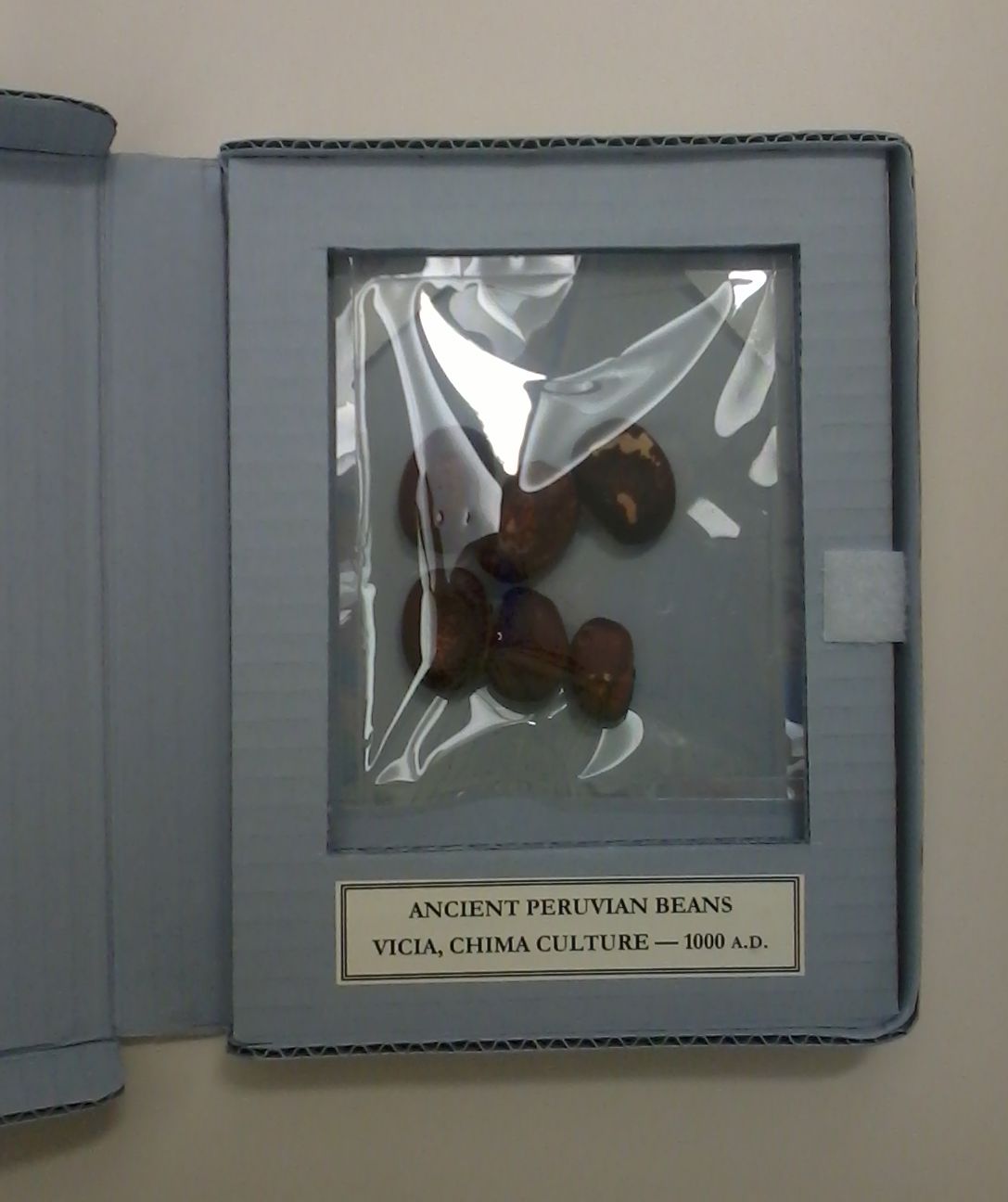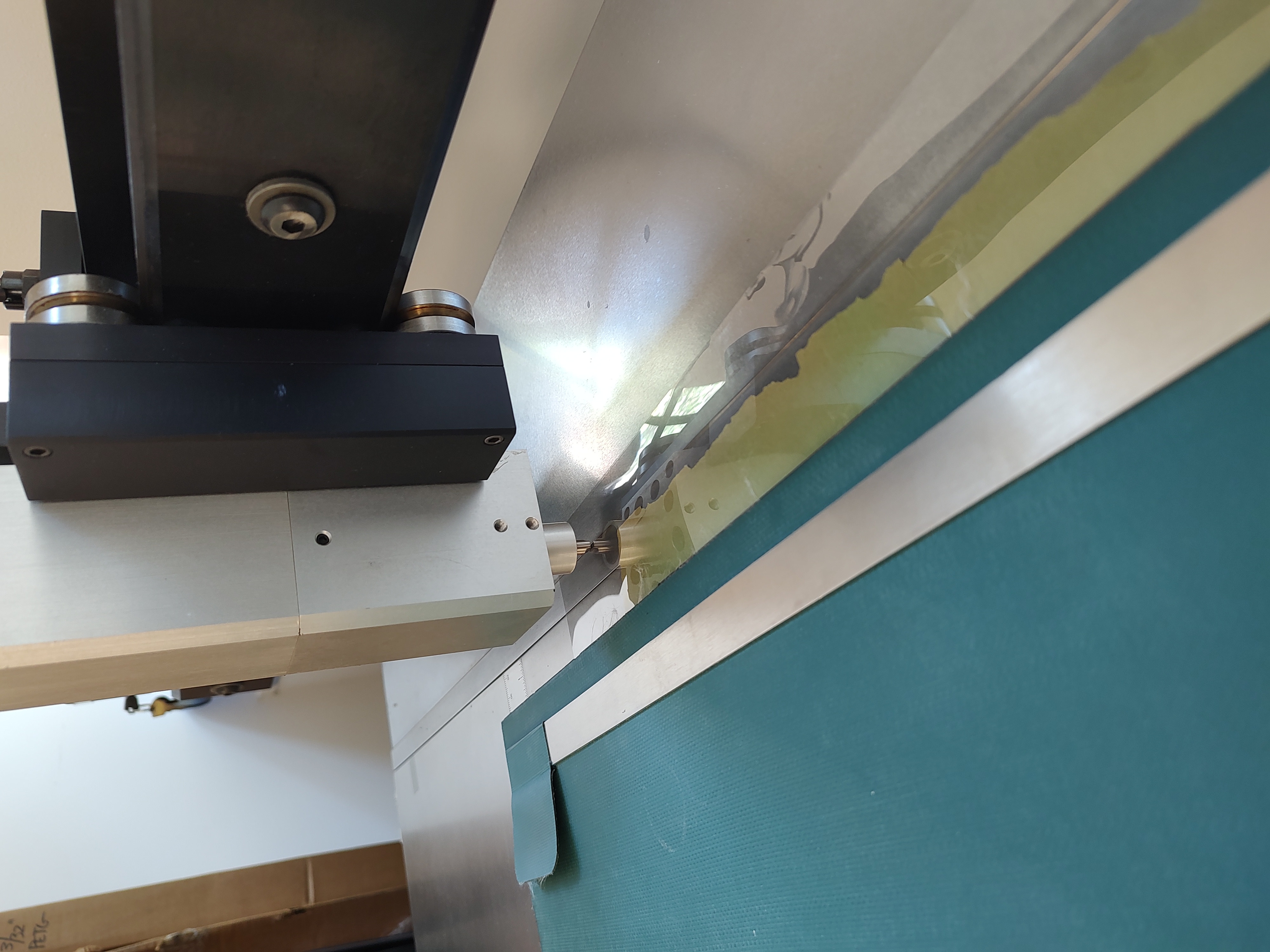
Elegant Enclosures: Sonic Welding

Preservation is back with another post in our Elegant Enclosures series. These are processes and solutions we come up with to house objects that are not suited for standard boxes. Check out our previous Elegant Enclosures post about the Roy Gussow models for teaching design.
Today I’m showing you a box, the contents of which were first sonically-welded. We chose to encapsulate the objects this way first, because it’s a good way to provide support for something that is oddly shaped or unwieldy. Sonic welding is kind of magical in my opinion—it’s using sound to create a seal between two sheets of mylar. Sounds like something that should have been in Back to the Future! (“I’ve finally invented something that works!”) We create seals around the four edges of the sheets of mylar, but we can always remove the items in the future without having done any damage to them.
Here's an example of an item from NC State’s Special Collections that were protected using sonic welding.
This item was donated to the NCSU Libraries from Leo Drimmer, a collector of Pre-Columbian artifacts. As you can see from the image, these are samples of beans from a thousand years ago that have managed to still be here!
Sonic welding is an indirect heat welding process that uses ultrasonic waves to weld thermoplastics and thin metal parts together. Below is a photo of Hill Library’s sonic welder in use. You can see the light green edge of the document that is being encapsulated.

Our ultrasonic welder was created by conservator Bill Minter, one of about 200 of his design in use around the world. While we often refer to this as “sonic welding”, it is technically “ultrasonic welding” (which sounds even cooler, so I don’t know why we shorten it!) The process uses sound waves that we can’t hear to create vibrations that fuse two items together. For our purposes, we’re usually combining two pieces of mylar, but it’s possible to use the same technology to connect two pieces of metal, as well.
After the beans were sealed inside their mylar sleeve, we built a custom box around them, using acid-free corrugated cardboard. They are now safely stored in the Libraries’ climate-controlled vault.
We’ll be bringing you another issue of “Elegant Enclosures” in the near future!
If you have any questions or are interested in viewing Special Collections materials, please contact us at library_specialcollections@ncsu.edu or submit a request online. The Special Collections Research Center is open by appointment only. Appointments are available Monday–Friday, 9am–6pm and Saturday, 1pm–5pm. Requests for a Saturday appointment must be received no later than Tuesday of the same week.